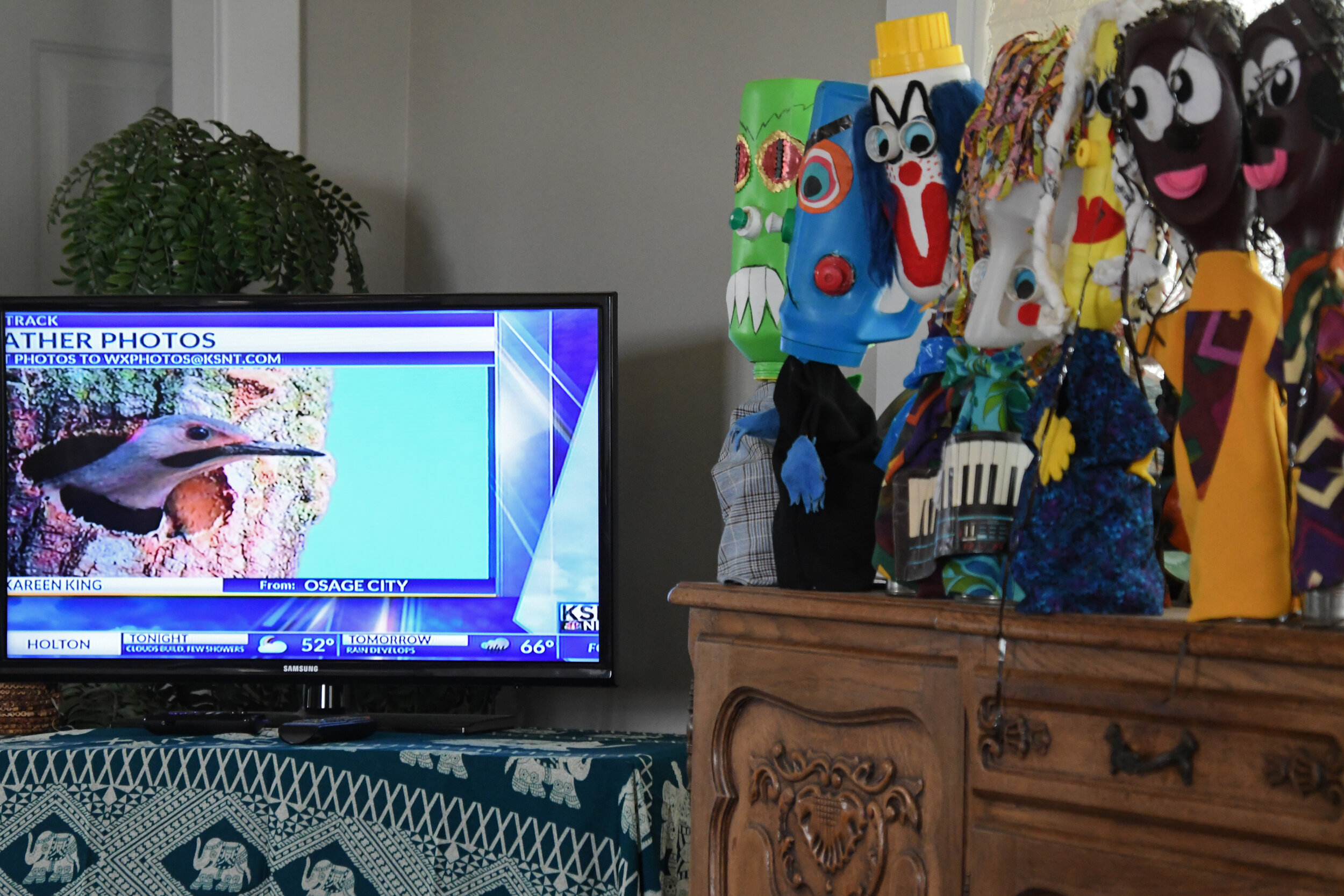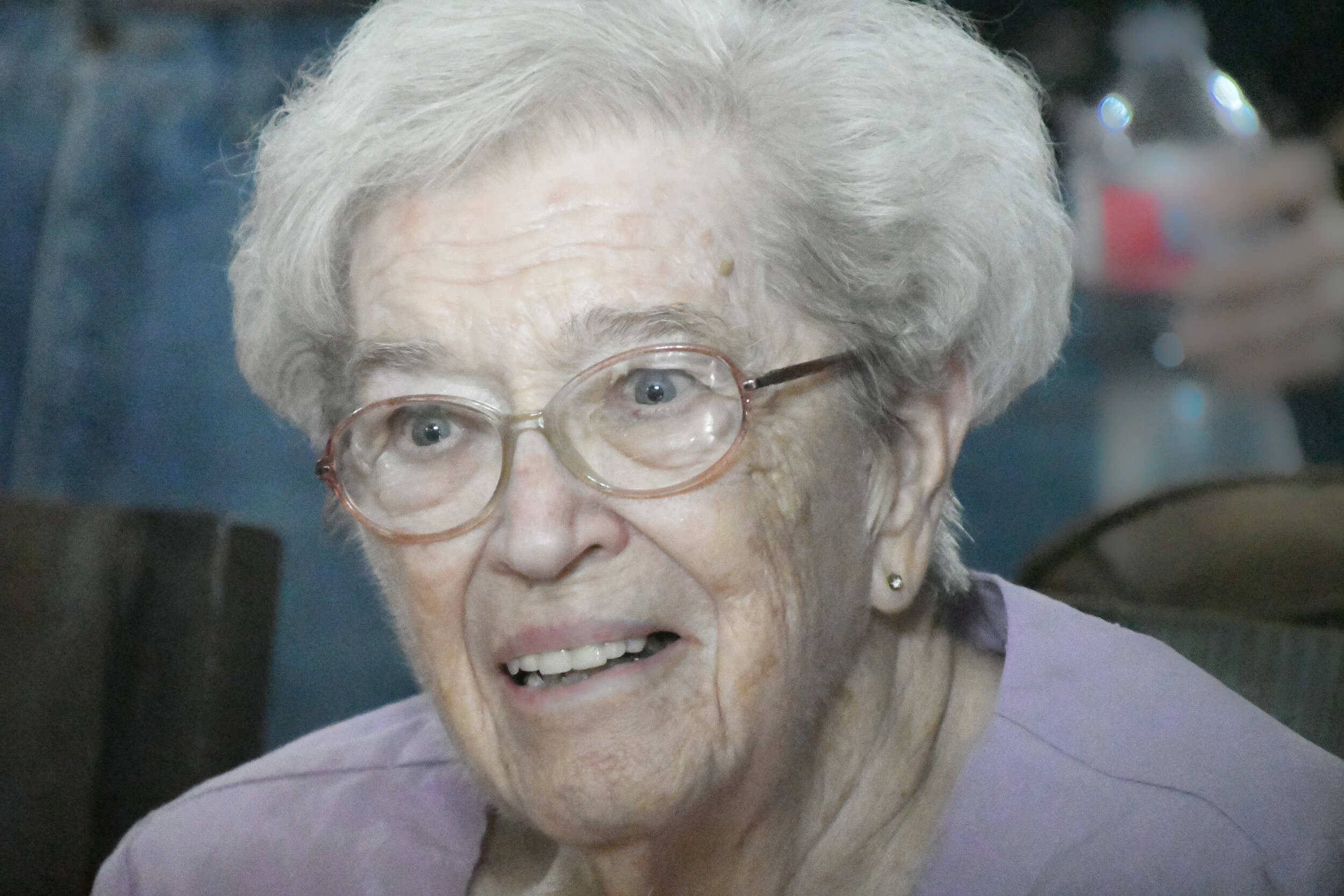Photo of Kareen’s Homemade Masks by Kareen king
My first example is a Facebook conversation among several old friends, all who are are more vocal about their spirituality than the average Joe. I have removed the names and locations to protect their anonymity, even though this was a public conversation.
SHE: Today was a first...I entered and left a store because it was mandatory to wear a mask. Anyone else have the opportunity to do the same?
RESPONDER #1: I went to (department store) and the sign said wear a mask. But I didn't and no one said anything.
SHE: I went to 3 stores before that one and they allowed me to spend my money. Stupidest thing ever.
RESPONDER#2: I will do the same if I encounter that situation.
(Others ask what store it was. She names the store which happens to be a store that serves the underprivileged)
RESPONDER #3: Yes what store so I may avoid as I'm on the exempt list.
(More responses follow, asking for specifics on the location)
RESPONDER #4: We have several stores here that require a mask to enter.
RESPONDER #5: Here’s what I plan to wear if I ever run into this situation (posts a photo of a chicken mask)
RESPONDER#6: Good to know!! I’m same way — they don’t need my money.
RESPONDER #7: Yup, gave them the appropriate finger and kept on walking.
RESPONDER #8: I'm a mask wearer (responder adds a GIF of Mr. Rogers putting on a clown mask)
RESPONDER #9: (Home improvement store) required a mask, I told them they won't be getting any of my money.
ME: I am so bewildered by this kind of response. Wearing a mask is an act of kindness and respect for others. Wearing masks doesn’t mean businesses have to close. Businesses that are run by people who exercise every precaution to make others feel safe are more likely to draw customers like me. Even my own son and daughter in-law, both nurses, came to visit from California and even wore masks the minute they stepped out of their car and wore them into our home. We did not ask them to do so. They did it because they love and respect us and want to make sure they are not exposing us in case they are asymptomatic. I am so saddened and disappointed that masks have become a political or religious rights thing. I don’t see this type of response happening in other countries.
My comment was promptly removed by “SHE”.
Stunned, I went to the Facebook Help Center where I reviewed their community standards which included the following: “Safety: We are committed to making Facebook a safe place. Expression that threatens people has the potential to intimidate, exclude or silence others and isn’t allowed on Facebook.” Naively assuming the conversation undermined safety, I reported her post. Sadly, they didn’t think the conversation violated their standards, and allowed the post to remain.
And then, on September 10, 2020 President Donald Trump stood by his decision to downplay Covid-19, even as the U.S. death toll surpassed 190,000 (now 223,452, according to https://www.worldometers.info/coronavirus/) more than any countries in the world. He admitted to Bob Woodward, an investigative journalist who did much of the original news reporting on the Watergate scandal, that he knew very well the danger of Covid-19, and then defended his statements to the citizens of the United States “were good and proper answers. Calm, no panic!"
Panic is defined as a sudden overpowering fright. It can cause mass hysteria. It can also take an emotional toll on a personal level. Upon reflecting on his rationale, I propose that Trump’s words and actions have incited a different kind of panic, one that impacts daily unwanted decisions that come from fear of rejection, judgment, and ridicule from people whose impression one cares about, the most recent being my decision to quit a job.
A second example took place after a funeral. At first, things looked promising. Most of the attendees at the funeral wore masks. But there were those social distancing exceptions which included the frequent and sudden extensions of hands inviting a handshake, as well as the occasional person who came in for a hug. The first instinct, of course, was to accept the gestures. The second instinct was to go into fight-or-flight mode and discreetly run to the car for hand sanitizer.
The graveside service, however, was another story. After everyone parked their cars and gathered near the tent, the funeral director ushered everyone inside the tent with great pressure to draw in closer.
“Come on! You’re family, right?” the director urged.
In moments, the attendees were packed like sardines around the coffin, barricaded by three canvas walls and a canvas ceiling, and no one, but me and a couple others wore masks.
There was no time to negotiate what to do in those moments that passed quickly before my eyes. I tried to look on at the coffin in remembrance of the human I adored, and yet thoughts of fear for my husband’s safety – a man 61 years of age who has underlying health conditions that puts him at higher risk should he be infected by the virus – flooded my mind. It wasn’t until the event concluded that I realized I had every right to protest the actions that broke all social distancing protocols that have been prescribed by national health experts. But because there is no national mandate for masks, as there are in most other countries, Americans are playing Russian-roulette with their lives, and folks like me are too terrified to cry foul for fear of ruining the moment. And yet, my social anxiety and fear of what others think, took precedence over my right to personal safety.
The wearing of masks would not have prevented the family from honoring their loved one during a burial. We still had eyes to see and ears to hear. The wearing of masks would have minimized the fear of not feeling protected. Most importantly, the wearing of masks could have hypothetically spared some from sickness, hospitalization, ventilators, and residual health effects from a severe case of Covid, economic strain from being unable to work along with unwanted medical bills, and ultimately death.
And yet, without a national mandate, people who think like I do are faced with these anxiety-producing socially awkward situations time after time. And both people who think like I do, and people who DON’T think like I do, are equally placed at risk of infection and its accompanying implications.
My final story relates to why I quit my part-time job today.
“Wow! ‘Mary’! You’re looking bright today. Where are you guys headed?” I asked as a ninety-something-year-old resident stepped into her son’s vehicle.
Mary’s son began to complain about the safety protocols for residents of long-term care facilities.
“It’s been seven months and not one case of Covid here. Makes you wonder,” he stated.
“Well, maybe it’s because the staff are all following the protocols,” I defended. “I have to wear masks at all six (now five) of my part-time jobs. It only takes a spark to get a fire going.”
“I don’t know anyone personally who has had Covid.”
“My daughter tested positive for Covid.”
“You’re the first one I know who actually knows someone personally who got it.”
“I also have a friend who lost both in-laws to Covid within a week of each other.”
“How do you know it’s Covid? Hell, it coulda just been a heart attack and they blame it on Covid. They got my mother all worked up about wearing these masks. Hell, who’s gonna know when we take them off after we get to our destination?” he ranted.
“You and I will have to disagree about Covid. In the meantime, take care of your mother.”
In conclusion, I can’t resist sharing one final anecdote which also took place on Facebook:
I recently woke up at 3:30 a.m. and couldn’t fall back to sleep, so I made the unwise choice to scroll through Facebook where I stumbled upon an ad from a company that sells monkey face masks. Granted, they really looked stupid, but what caught my attention were the countless rude comments that had to be moderated by a polite customer service agent who was only doing his or her duty in order to keep a job that he or she probably despised. Feeling empathy for this poor soul, I piped in and the following conversation ensued:
ME: Sheesh, people, if you’re not interested, just scroll on by. No need to be so rude to the customer service agent. Life is tough enough right now. The world could use a lot more kindness.
CUSTOMER SERVICE AGENT: You are awesome, Kareen! I couldn't agree more to that. Stay safe!
DISGRUNTLED FB RESPONDANT: Shall we all sit by the campfire and sing "Kumbaya"?
ME: Sorry you can’t find a more productive and kind way to spend your day.
DISGRUNTLED FB RESPONDANT: Some people cannot handle reality. I scrolled on by but after seeing your comment I had to speak. People are being forced to wear masks and some are making money on other people's burden. And yes, I think the masks are childish and ridiculous - but someone else might like it. Go among your Progressives and sing "Kumbaya" while the real world passes by. People like you make me ill. Reminds me of the flower Krishna people in the airports harassing & mocking the troops.
Imagine that. The disgruntled FB respondent who serves the military says that I make him “ill,” and yet I am an American woman who wears masks in all public places so that I and others will literally not get ill.
In the end, I take heart in the words of one of my long-term care coworkers who encouraged me in my decision today to quit the job where social distancing protocols were loosely followed.
“It’s not about you. Thank you for making a stand for protecting our elders.”
Yes. And, it wouldn’t hurt for us all to sing, “Kumbaya” and spend a little less time on Facebook.

















